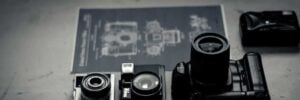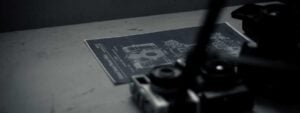Whenever we think of patents, we often picture scientists or engineers meticulously crafting groundbreaking inventions. However, many actors, musicians, athletes, and filmmakers have also ventured into the world of innovation by securing patents for their unique creations. Some of these patents stem from their professional expertise, while others arise from personal passions or simply curiosity.
Here are some interesting examples of patents owned by celebrities.
- Marlon Brando
Apart from delivering memorable performances in films like The Godfather and On the Waterfront, Brando was also an amateur percussion enthusiast. This can be attested by this patent (US 6,812,392) disclosing a method for tuning a conga drum. His system described replacing the five or six bolts around the head of the conga with a linkage system connected to a motor.
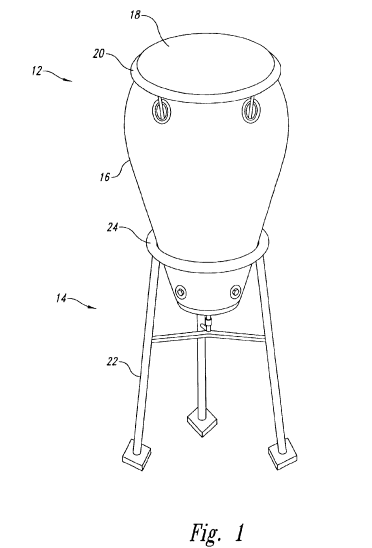
- James Cameron
James Cameron, known for his big-budget blockbusters, also had a key interest in exploring the deep sea. Apart from his films (Titanic, The Abyss and Avatar 2) that are centered around water, he is also one of few people to reach the deepest known point of the seabed of Earth solo. It is no surprise that he holds a patent pertaining to deep-sea exploration (US4996938). This patent was probably filed during the pre-production process of his 1989 underwater thriller, The Abyss. The patent relates to an apparatus for propelling a user in an underwater environment. The invention gives the camera operator better positioning to best capture underwater scenes.
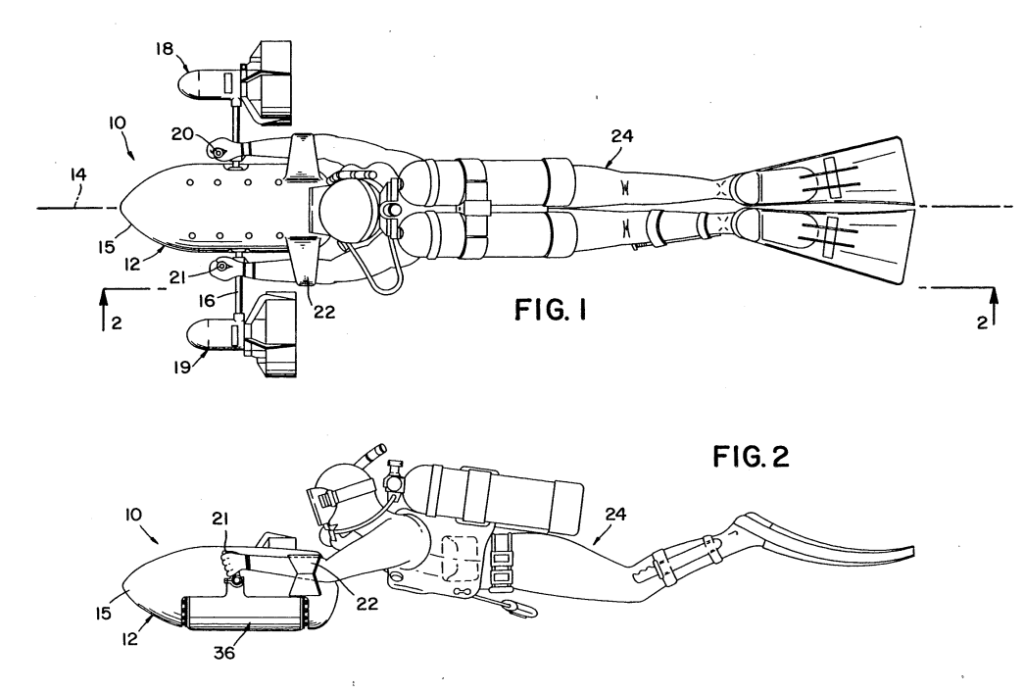
- Zeppo Marx
Herbert Manfred Marx, a.k.a Zeppo Marx, a name possibly derived from Zeppelin airships, was the youngest and possibly the least famous of the five Marx brothers. His prowess did not lie much in acting, but as an inventor and businessman. He established Marman Products Company, Inc. of Inglewood, California, in 1941. The company made clamping devices and straps that were designed to secure cargo during transport. As an inventor, he held 3 patents.
- A cardiac pulse-actuated watch mechanism that sounds an alarm to apprise the user of pulse irregularity (US3426747),
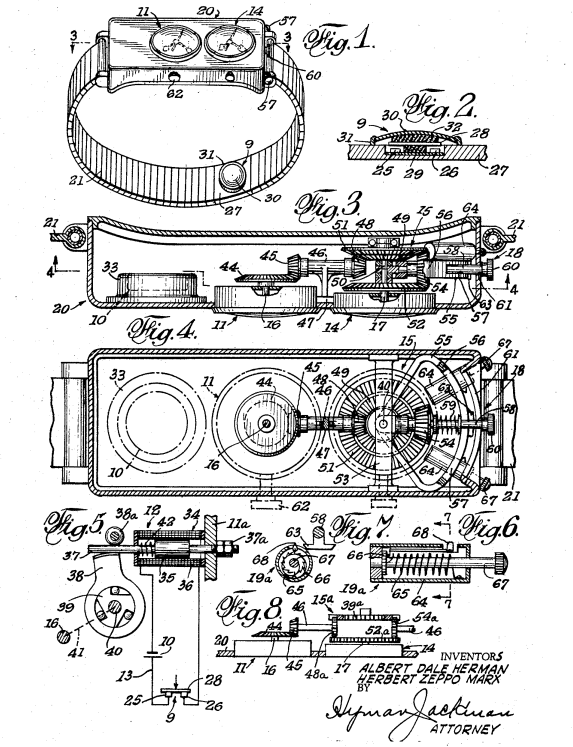
- Method of treating the human body, wherein heated vapors are applied to the body of a patient lying directly upon a pad which serves as a distributing outlet for the vapors (US2590026) and
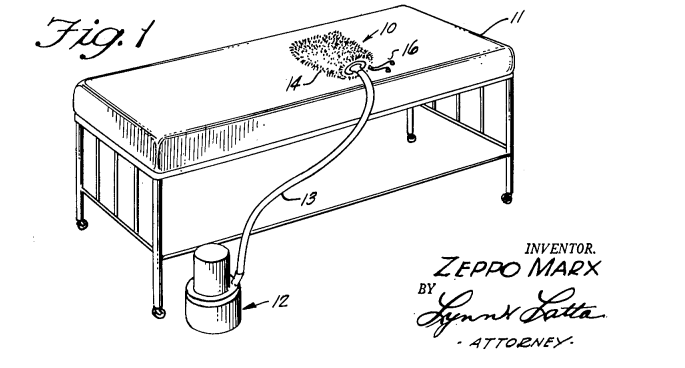
- A cardiac pulse-rate monitor that sounds an alarm when there is an excessively high or abnormally low change of the pulse rate (US3473526A).
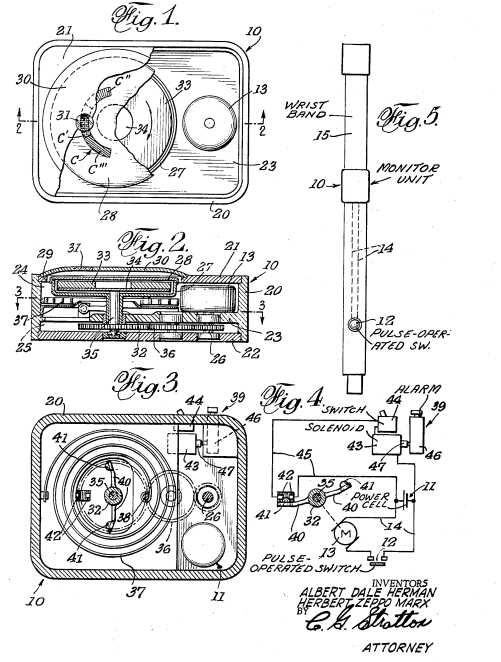
- Bill Nye
Bill Nye is not just your science guy, but an inventor as well. He patented a ballet slipper (US6895694), containing a ‘toe box,’ which would encase and protect the toes and provide support along the sole.
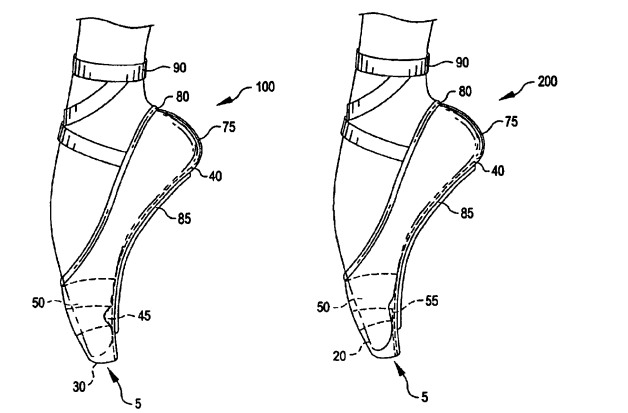
- Mark Twain
Mark Twain was more than one of the most distinguished authors of his time. He was also a shrewd inventor, patenting a method of scrapbooking (US140245). Earlier, the process of making scrapbooks involved painstaking hand-gluing of each item. With Twain’s invention, the process became much easier as the system involved a suitable adhesive substance covering the whole or parts of the entire surface.
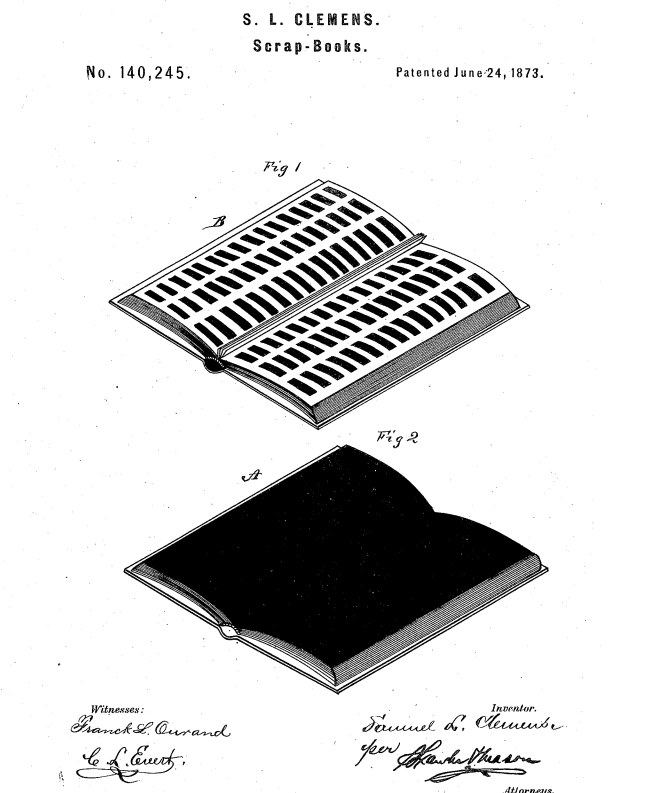
- Hedy Lamarr and George Antheil
Hedy Lamarr, in collaboration with composer George Antheil, co-invented a “secret communication system” during World War II that used frequency hopping to prevent the jamming or interception of radio-controlled torpedoes. Their system rapidly switched between different radio frequencies in a synchronized pattern, making it difficult for enemies to detect or disrupt the signal. Although not adopted by the military at the time, the concept later became a fundamental technology behind modern wireless communications, including Wi-Fi, Bluetooth, and GPS. Their invention, patented (US2292387) in 1941, was a visionary advancement in secure communications and is now recognized as a key innovation in the history of wireless technology.
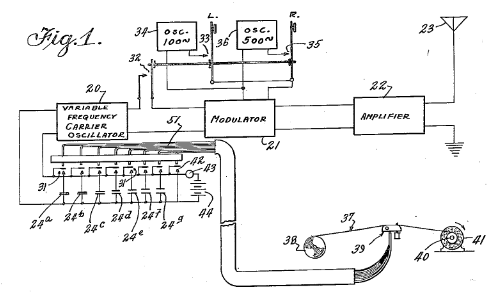
From drum tuning systems to groundbreaking wireless technology, these examples highlight that creativity knows no boundaries. Whether driven by their professions, hobbies, or pure curiosity, celebrities like Marlon Brando, James Cameron, Hedy Lamarr, and others remind us that innovation is not limited to traditional inventors. Their patents show that inspiration can strike anyone, anywhere—proving that the spirit of invention is as universal as imagination itself.


